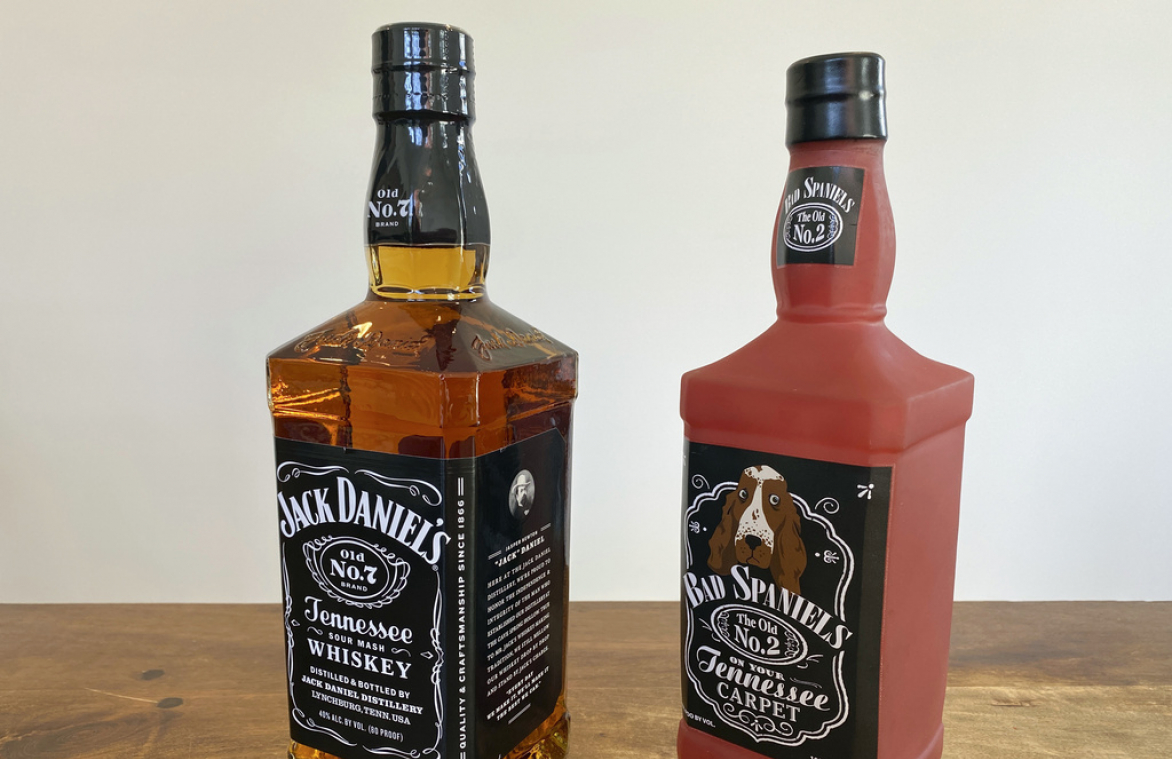Satire, a literary form that humorously mocks, ridicules, and scorns individuals and political or social practices, is one of the most effective means of criticism. Since the time of the ancient Greeks, it has been used to lampoon the comfortable, the rich, the famous and, most important from a constitutional standpoint, the powerful.
Satire is implicitly protected by the free expression clause of the First Amendment. Nevertheless, it frequently has come under legal attack.
Copyright, trademark laws sometimes used to challenge satire
One such form of attack involves intellectual property — created by writers, artists, and commercial enterprises — which is protected by copyright or trademark. Satirical works may be subject to the fair use guidelines of copyright law or to analogous rules regulating trademarks that can substantially limit the amount of copyrighted material allowed to be used in another work.
Parody, a subset of satire, has substantially greater latitude in this regard since parodies often must appropriate the entirety of a work to be effective.
The Supreme Court, in Campbell v. Acuff-Rose Music, Inc. (1994), held that a raunchy version of Ray Orbison’s song “Oh, Pretty Woman,” composed and performed by 2 Live Crew, a rap group, was a protected parody. Although the case ultimately was decided on the basis of copyright law, the protection of the First Amendment underlay the opinion.
Courts balance property rights with First Amendment rights
Generally, courts have balanced the property rights of the plaintiffs against the First Amendment rights of the defendants. That is, when the use of a property, whether copyrighted matter or a trademark, is “part of a communicative message” and not intended to obscure the source of the work, the First Amendment takes precedence over any property rights the owner or holder may have.
Furthermore, as Judge Pierre N. Leval wrote in Yankee Publishing Inc. v. News America Publishing, Inc. (S.D.N.Y. 1992), “First Amendment protections do not apply only to those who speak clearly, whose jokes are funny, and whose parodies succeed.”
Court has turned back claims that satire was defamatory
Satire can also come under attack as defamation.
The key distinction between satire and defamation is that satire is not meant to be believed by the audience. Satire is biting, critical, and designed to attack, often with malice. It is almost always false.
For example, in Hustler Magazine v. Falwell (1988), Chief Justice William H. Rehnquist, writing for a unanimous court, stated that a parody depicting the Reverend Jerry Falwell as a drunken, incestuous son could not be defamation since it was an obvious parody, not intended as a statement of fact. To find otherwise, the Court said, was to endanger First Amendment protection for every artist, political cartoonist, and comedian who used satire to criticize public figures.
This article was originally published in 2009. James L. Walker (1942-2019) taught political science at Wright State University for 33 years.

